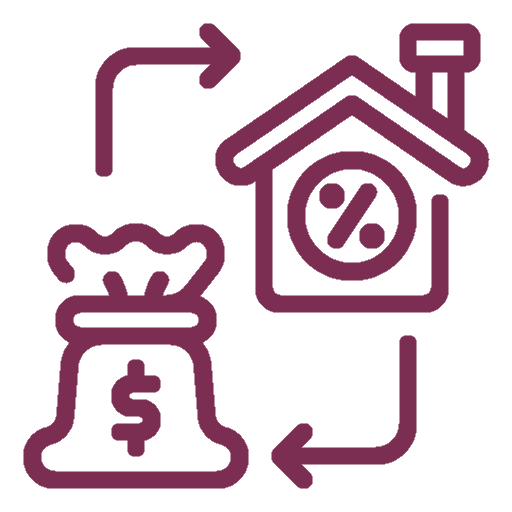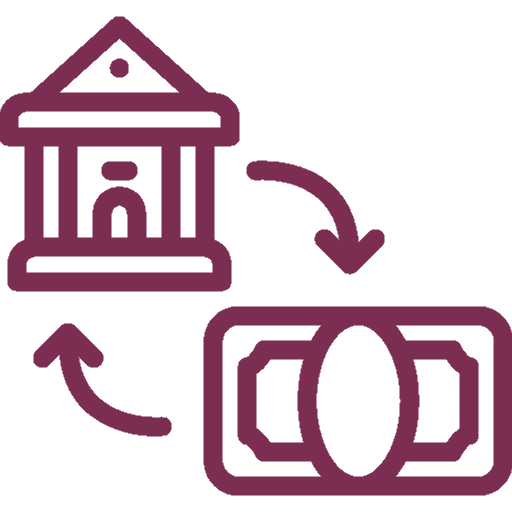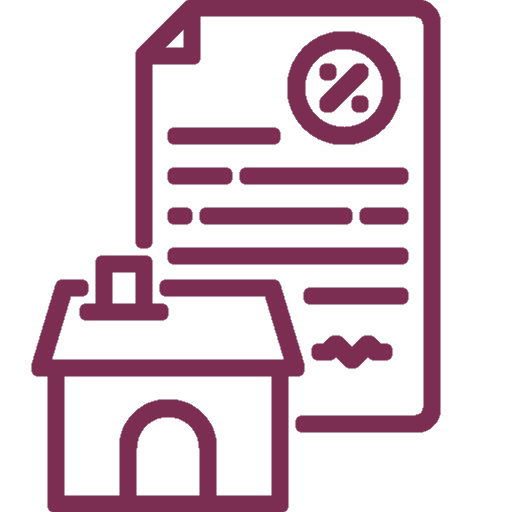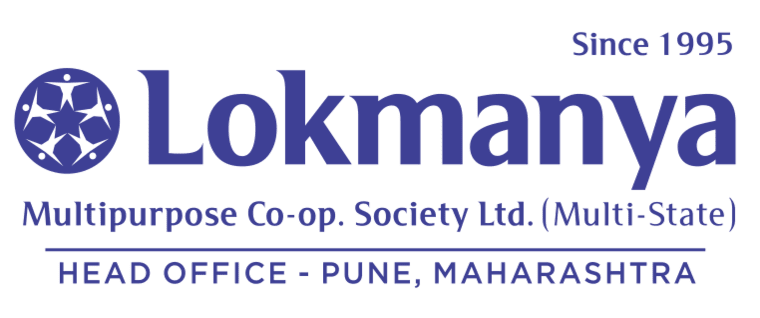Enquire Now

Enquire Now
Business Loan
Volatile market trends and increasing business needs cause demand for urgent immediate cash-in-hand. A Business Loan designed for this purpose gives you the advantage to avail unsecured credit at competitive interest rates.
Business Loan Features and Benefits

Affordable High-Value Capital
Well-known banks and NBFCs offer easy and quick short-term, medium-term, and long-term business loans as an ideal finance solution for your enterprise.

Flexi Loans
Withdraw only what you need and repay to suit your business fund flows at nil or low prepayment charges. You only pay interest on EMIs for the initial period of the loan and interest is charged only on the amount withdrawn.

Hassle-Free Quick Unsecured Loans
Business Loans are unsecured loans approved in 24 hours, which come to you with easy eligibility, and just a few documents.

Multi-Purpose End-Usage
Whether you're looking for investment in infrastructure, expansion in operations, purchase of equipment or inventory, or working capital needs, you have the advantage to seek a multi-purpose business loan, all in one place.

Collateral-Free
Business Loans are collateral-free, for which your personal or business assets are not put to risk, and since this means no appraisals of assets for valuation, you have the quick approval and disbursal advantage.
Age Requirement: Applicants should be aged between 21 to 65 years.
Business Vintage: The business must have a minimum operational history (vintage) of 1-2 years.
Minimum Annual Turnover: Minimum annual turnover as reflected in the Income Tax Return (ITR) is mandatory.
Profit-Making Criteria: The business should have been profit-making for at least the last 1 year.
Proof of Address
Photo Identity Proof of the Promoters
Business Proof
Income Proof
Partnership Deed (for Partnership Firm)
Articles of Association (AoA)
Memorandum of Association (MoA)
Board Resolution
PAN Card
Prepare a Detailed Business Plan
Know Your Credit Score
Decide the Loan Amount
Conduct Market Research
Keep the Documents Ready
Business Loan FAQs
1. What is a business loan?
A business loan is a sum of money borrowed by a business to meet various financial needs such as expanding operations, purchasing equipment, or managing cash flow. The loan is repaid with interest over a predetermined period.
2. How much can I borrow with a business loan?
The loan amount you can borrow depends on your business’s financial health, the type of loan, and the lender’s policies. Lenders typically consider your revenue, credit score, and the purpose of the loan when determining the amount.
3. What is the interest rate on a business loan?
Interest rates on business loans vary depending on factors like the loan type, lender, credit score, and loan tenure. Rates can be fixed or variable, and it’s important to compare offers from different lenders.
4. What is the repayment term for a business loan?
Repayment terms can range from a few months to several years, depending on the loan type and the lender’s policies. Short-term loans typically have higher monthly payments, while long-term loans spread the payments over a more extended period.
